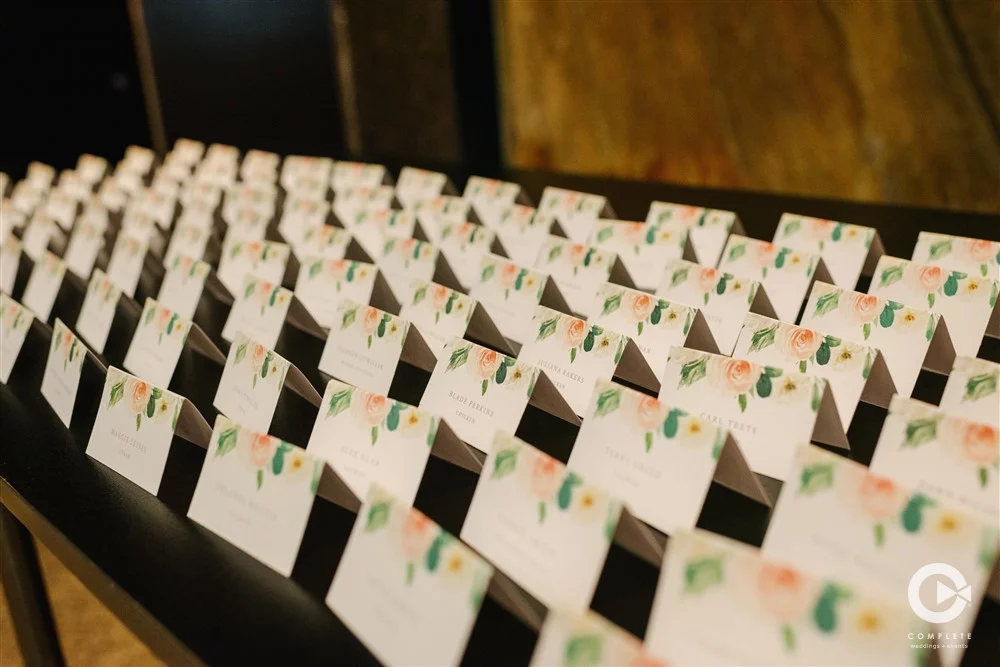With wedding planning, there are some tasks that are quick and easy, but there’s also several tasks that are not so easy. Seating charts are definitely one of the most stressful and logistically difficult tasks for a wedding. The wedding seating chart can seem very daunting, but we have a few simple things to keep in mind to achieve a seamless reception table chart. Follow along as we go through the tricks to help space, group together, and create a seating chart for the best day ever!
Guide To Your Wedding Seating Chart
Table Sizes
First is you need a game plan for your tables. The size and shape will determine how many guests can be seated at each table. There are four typical types of tables for your reception: round, rectangle, oval, and square. They are all good for different reasons: Rectangular tables can fit more people into a slim space and it’s easier for guests to chat across them. Round tables are the most traditional option and can afford your guests more space! Keep your floor plan in mind, if you have other things set up for the day, DJ, photo booth, or any other important designated spaces.
Head Table
Having a table for your wedding party, not only keeps the crew together, but it is a great acknowledgment to the people representing your unity for the day! There are many ways you can do ahead table, so based on your venue and how many you have in your party, figure out how you want them set.
Parents and Family
Traditionally the parents of both couples share a table, along with another immediate family (grandparents, and siblings). But, families can be very blended these days, or just have other family conflicts that can cause that not always to work out. If that is the case, have 2 designated tables to disperse the close family member’s up on either side of the head table. This way they are still close, but can have some sort of separation!
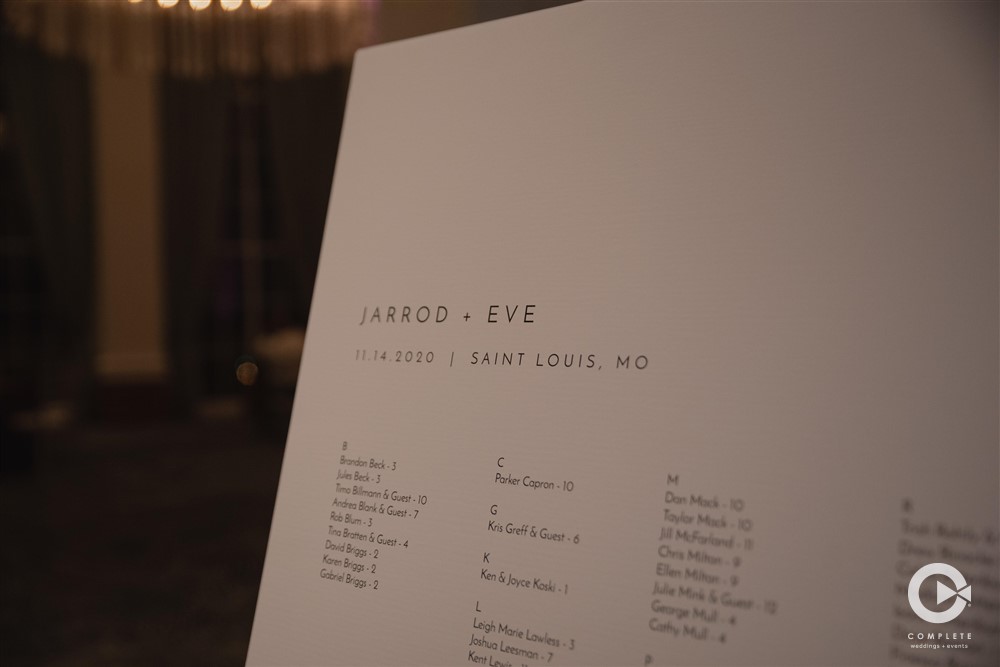
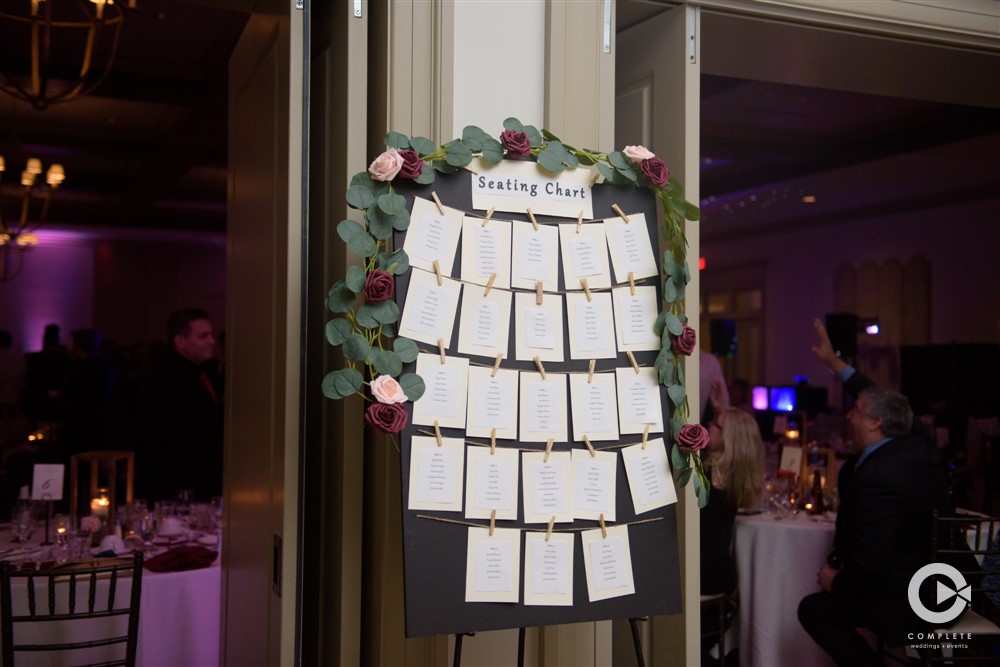
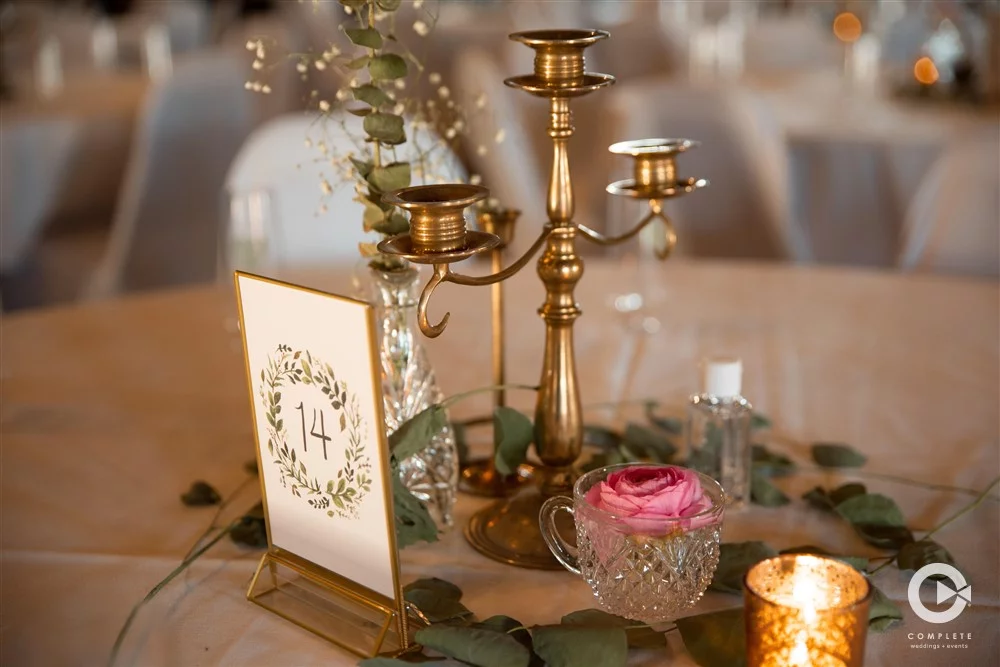
All Other Guests: Grouping
Once you have a finalized guest list, the next step is to start grouping guests together in like groups. How do you know the guests? The following are some typical groupings: family members, high school friends, college friends, work friends, etc. You don’t necessarily have to sit them according to a group, but you will have an idea of who already knows each other and gets along if sat together. Within grouping you can also keep a few other factors in mind; consider your guests’ age, interests, and backgrounds. Try to make everyone feel comfortable by offering a mix of familiar and new faces at each table. And, of course, be tactful: Avoid seating people together who have a history that is less than favorable!
Kids Table
This one is simple! If you have more than 10 kids over the age of 6, you can create a kids table! That way they can have some sort of entertainment or craft set up, and be surrounded by kids their age. This grouping help keep them in one central location and easier to keep track of.
Seating Chart
Make sure this is simple for guests to see, understand, and find at your reception! There are so many cute ideas out there about how this can be done. You can keep it as simple as nameplates at every seat on the table. But, if you have a sign near the entrance of the space, people can find the number of their table, and pick a seat! This way it is formal enough that they have a table, but still have the freedom to choose who they are sitting next to. Keep it simple!

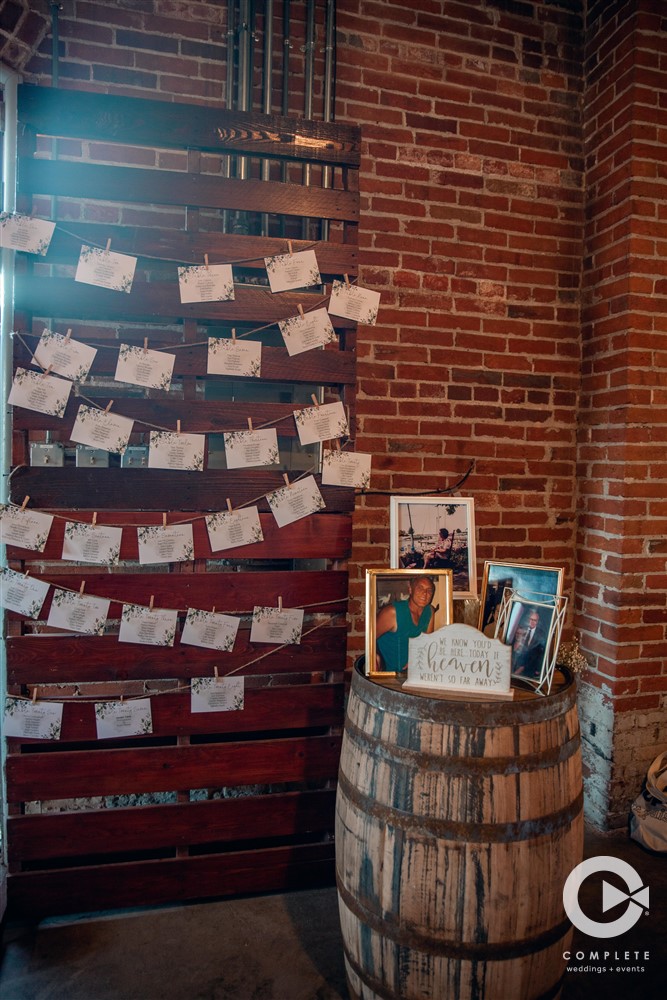
Complete Weddings + Events St. Louis
Complete in St. Louis is the leading provider of DJ, photography, videography, photo booth, and coordination! We would love to be a part of your big day and are happy to put a wedding package together for you in order to make your dream wedding a reality. Reach out to us today by clicking here to learn more about our services!

